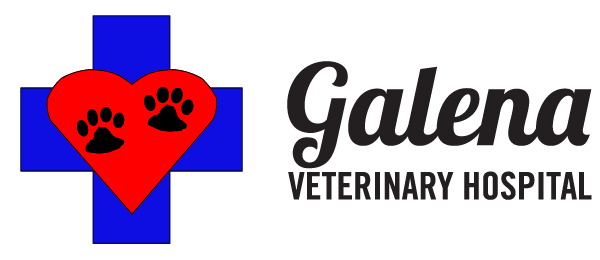Educational Articles
-
An intussusception is a condition where part of the intestine slides into another part of the gastrointestinal tract. It causes signs similar to intestinal obstruction, including poor appetite and vomiting. Some cases can be life-threatening. Although some non-surgical techniques may correct the problem, most cases require surgery and intensive care for a good outcome.
-
A joint luxation is a dislocation or complete separation between the bones that normally move back and forth to form a joint. Subluxation refers to a partial separation of the joint. The most commonly subluxated joint in cats is the hip, although any joint can be affected. Your veterinarian may suspect a joint subluxation based on a history of trauma and physical examination findings such as pain and limping. A radiograph is necessary to definitively diagnose a joint subluxation. In many cases, the joint can be reduced or replaced to its original orientation by a procedure called a closed reduction, with a good prognosis if treated immediately. Surgery correction, however, may be needed.
-
A joint luxation is a dislocation or complete separation between the bones that normally move back and forth to form a joint. Subluxation is the term referring to a partial separation of the joint. The most commonly subluxated joints in dogs include the hip and elbow, although any joint can be affected. Your veterinarian may suspect a joint subluxation based on a history of trauma and physical examination findings such as pain and limping. A radiograph is necessary to definitively diagnose a joint subluxation. In many cases, the joint can be reduced or replaced to its original orientation by a procedure called a closed reduction, with a good prognosis if treated immediately. Surgical correction, however, may be needed.
-
This handout outlines the use of disease-modifying osteoarthritis drugs (DMOADs) in cats, specifically the use of polysulfated glycosaminoglycans (PSGAGs). The rationale for their use, potential side effects, and treatment expectations are explained.
-
This handout outlines the use of disease-modifying osteoarthritis drugs (DMOADs) in dogs, specifically the use of polysulfated glycosaminoglycans (PSGAGs). The rationale for their use, and their dosing regimen are explained.
-
This handout explains juvenile cellulitis (also called Puppy Strangles) in puppies. Characterized by a sudden swelling of the face and muzzle, it can be confused with an allergic reaction or skin infection. The clinical signs are discussed, as well as diagnostic and treatment recommendations to resolve the condition should it occur.
-
Juvenile hyperparathyroidism is a rare, inherited condition of German shepherds and leads to a constant state of elevated parathyroid hormone, affecting calcium and phosphorus balance within the body. It is an inherited, autosomal recessive trait that causes stunted growth. One to three of the parathyroid glands are removed to bring the calcium levels into a more normal range.
-
Keratoconjunctivitis sicca (KCS) is also commonly referred to as dry eye. It is an uncommon eye condition in cats. It results from inadequate production of the watery portion of the tear film by the lacrimal gland or the third eyelid gland. Cats with KCS have painful, red, eyes with squinting. Corneal ulcers may also be present. Chronic cases have scarring on the cornea, impairing vision. The prognosis for cats diagnosed with KCS is good with long-term treatment and diligent monitoring.
-
Keratoconjunctivitis sicca (KCS) is also commonly referred to as dry eye. It is a common eye condition resulting from inadequate production of the watery portion of the tear film by the lacrimal gland or the third eyelid gland. Dogs with KCS have painful, red eyes with a thick yellow discharge. They may have secondary infections or corneal ulcers. Chronic cases have scarring on the cornea, impairing vision. The prognosis for dogs diagnosed with KCS is good with long-term treatment and diligent monitoring.
-
Kidney disease is relatively common in birds, especially budgies, and may present as an acute or chronic problem. Some of the clinical signs are very characteristic of kidney disease but many others are non-specific. This handout explains these signs, as well as how kidney disorders in birds can be diagnosed and treated.
